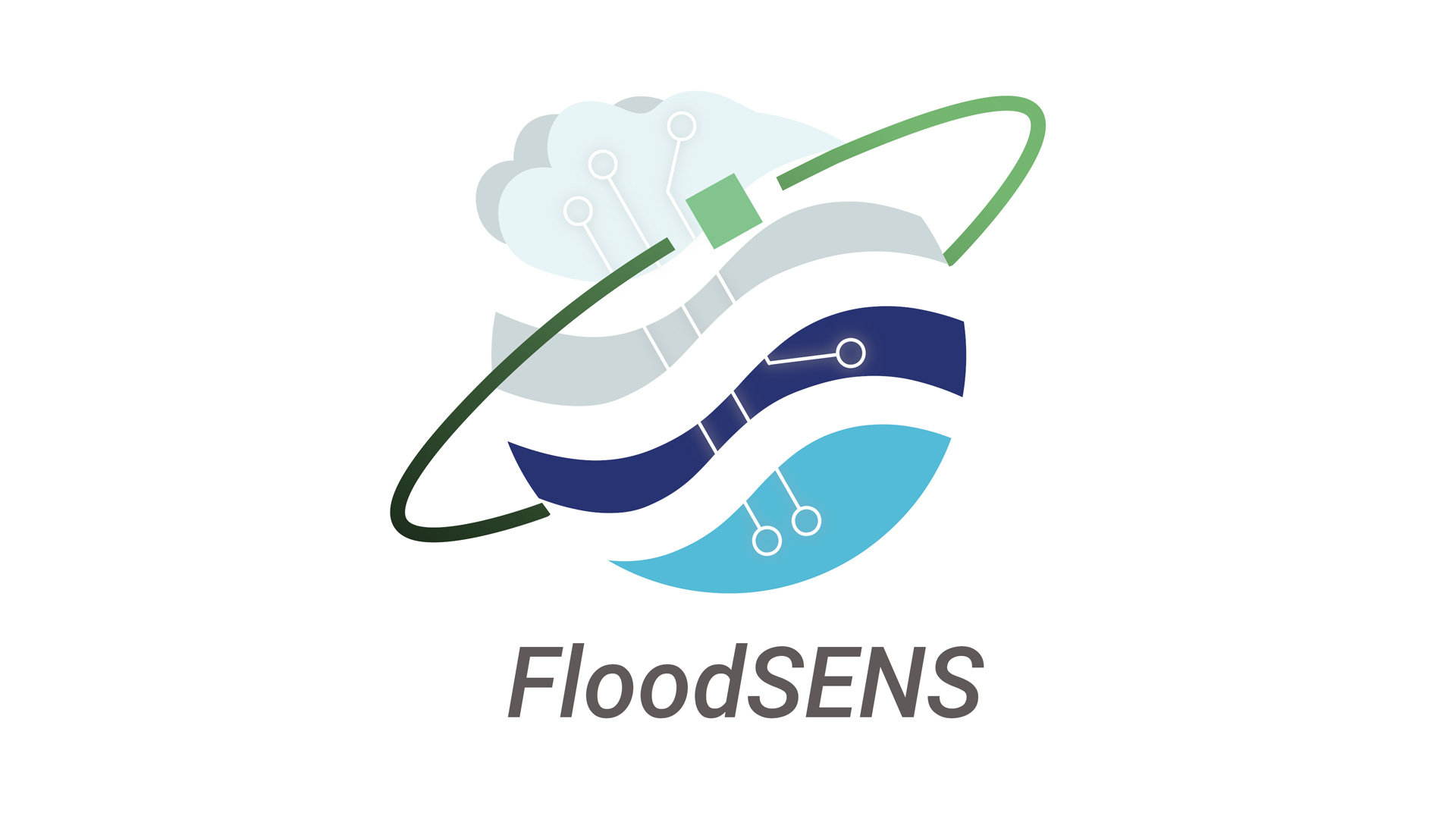Discover how AI-powered flood mapping and 3D visualisation tools, combined with trusted Earth Observation data, are transforming disaster resilience.
Floods are among the most devastating natural disasters, threatening lives, infrastructure, and economies worldwide. However, breakthroughs in AI-powered flood mapping, 3D visualisation tools, and trusted Earth Observation (EO) data are reshaping how we tackle these challenges.
By providing dynamic tools for decision-making, public education, and responder training, these technologies equip communities with the knowledge and resources to better anticipate and mitigate the impacts of floods.
FloodSENS: AI-powered flood mapping
The journey started in 2020 with an idea submitted to the InCubed programme of the European Space Agency (ESA).
FloodSENS is a machine-learning-powered flood mapping tool that utilises U-Net models trained on satellite data. FloodSENS delivers high-accuracy flood detection across diverse environments, even under challenging conditions like cloud cover.
This is achieved by integrating auxiliary datasets such as digital elevation models (DEM) and water flow grids. Powered by GPUs, the FloodSENS model has demonstrated consistent accuracy in various regions, including Pakistan, Spain, Sudan, Houston, Poland, Australia, and many others.
Enhancing FloodSENS with trusted data
In an era where digital tools can convincingly manipulate or fabricate images, ensuring the authenticity and integrity of data is paramount.
Supported by ESA, RSS-Hydro’s HeManEO project addresses this critical need by transforming Earth Observation (EO) data into a reliable and trustworthy product for diverse business clients, including those in big corporations, financial sectors, and risk management.
HeManEO focuses on meeting the evolving demands of environmental, social, and governance (ESG) regulations. By leveraging in-house algorithms and applications like FloodSENS, the project integrates with a digital verification and traceability services engine to provide end-to-end authentication.
This ensures data security, compliance, immutability, and nonrepudiation, offering unprecedented value to EO data consumers.
Target customer segments include companies utilising analytical data applications for health improvement, risk assessment, disaster prevention, and ESG measurement & reporting.
These organisations benefit from authenticated data and sources either due to regulatory requirements or to enhance public perception and trust in their contributions to sustainability goals.
Key features of FloodSENS include:
- Emphasis on value proposition: FloodSENS is being developed and improved with and for various economic sectors, thereby clearly articulating the value proposition for target customer segments, emphasising the benefits of authenticated data, actionable information, and sustainable development.
- Integrated information: Seamless incorporation of data authentication, emphasising the importance of data trustworthiness and authenticity in the current digital landscape.
- Enhanced impact: Providing a stronger impact by highlighting the growing importance of ESG and AI regulations and the need for reliable data to meet these requirements.
3D visualisation with NVIDIA Omniverse
As part of the FloodSENS application, RSS-Hydro also leverages the power of NVIDIA Omniverse to create immersive 3D visualisations of flood scenarios.
These interactive models provide decision-makers with a deeper understanding of flood patterns, allowing them to visualise the potential impacts of extreme weather events and develop more effective disaster preparedness plans.
In this context, in 2024, RSS-Hydro hosted a public session on stage of the world’s leading tech developer conference NVIDIA’s GTC: https://developer.nvidia.com/blog/strengthening-climate-resilience-with-ai-powered-flood-modeling-and-3d-visualizations/
In an era of growing climate risks, tools like FloodSENS and projects such as HeManEO demonstrate how AI and trusted data can transform disaster resilience. By empowering communities with predictive insights and fostering preparedness, these innovations are paving the way for a safer, more sustainable future.


